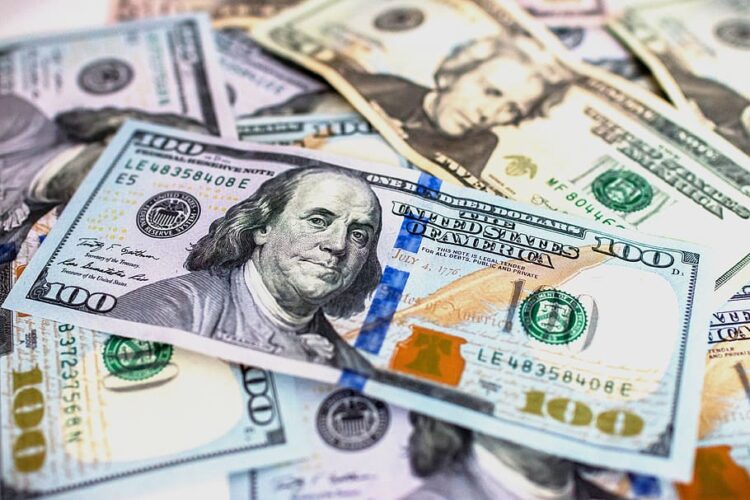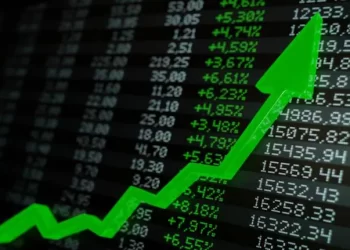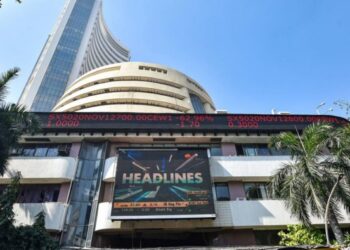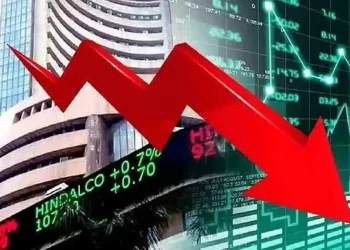Forex reserves fell to a two-year low in the last week of August, falling by 3 billion as the Reserve Bank of India intervened to defend the rupee after it hit a new record low against a rampant and two-decade high dollar.
According to the latest weekly supplementary statistical data from the RBI, the country’s import cover fell by $3 billion to $561.046 billion in the week ending August 26 from $564.053 billion the previous week.
This is the fourth week in a row that forex reserves have fallen, and they have fallen in 21 of the 27 weeks since Russia invaded Ukraine, the largest drawdown since the financial crisis.
Since the war on the outskirts of Europe began in late February, India’s forex cover has dropped by more than $70 billion, and it has dropped by more than $80 billion since its peak in late October last year.
The country’s forex reserves have suffered as the trade deficit has grown.
The country’s trade deficit more than doubled to $28.68 billion in August, due to increased crude oil imports and a drop in exports for the first time in more than 20 months, with foreign purchases of Indian goods and services falling 1.15 percent to $33 billion.
The decline in forex reserves has coincided with the rupee’s dramatic and steep decline this year, from around 74 to near 80 per dollar before the Ukraine war.
The rupee breached the key psychological level of 80 per dollar once more in late August, reaching a new record low of 80.15 against the dollar, but has since recovered with the RBI’s assistance.
While the RBI has previously stated that it does not target a specific level and will only intervene to limit extreme volatility in the currency, analysts believe that level is the RBI’s pain threshold.
The rupee will breach the 80 level despite the RBI’s efforts to protect it, according to Ritesh Agarwal, Head of Treasury at CTBC Bank, who predicts the rupee will be at 80.5 by the end of September.
On Friday, the central bank reaffirmed that inflation had peaked and could reach 5% in the second quarter of next year, but this didn’t inspire much confidence in the markets and was overshadowed by concerns about the Fed’s upcoming September meeting, which drove the dollar to a two-decade high.
As the Fed embarked on an aggressive monetary policy path, the rampant greenback has pinned down almost every currency. Fears have driven an exodus of investors into dollar-denominated assets as the economy shows no signs of slowing.
According to CTBC Bank’s Mr Agarwal, India’s inflation issues are driven by supply-side challenges that have yet to be resolved, and that China’s lockdown of its cities and the war in Ukraine will exacerbate them.
However, while the rupee fell against the dollar last week, it ended the week up 0.1%, its first gain in three weeks.
Nonetheless, the country’s forex war chest is at risk of further depletion, as the RBI has stated that it will intervene to limit the rupee’s wild gyrations.
Meanwhile, India has surpassed the United Kingdom to become the world’s fifth-largest economy, trailing only the United States, China, Japan, and Germany, according to IMF projections.
A decade ago,India was ranked 11th among the large economies while the UK was at the fifth position.
Experts now predict that the country will be the fifth largest economy by 2030, reflecting the shift in power as India is the fastest growing economy.
Source:BS







 Finance
Finance






